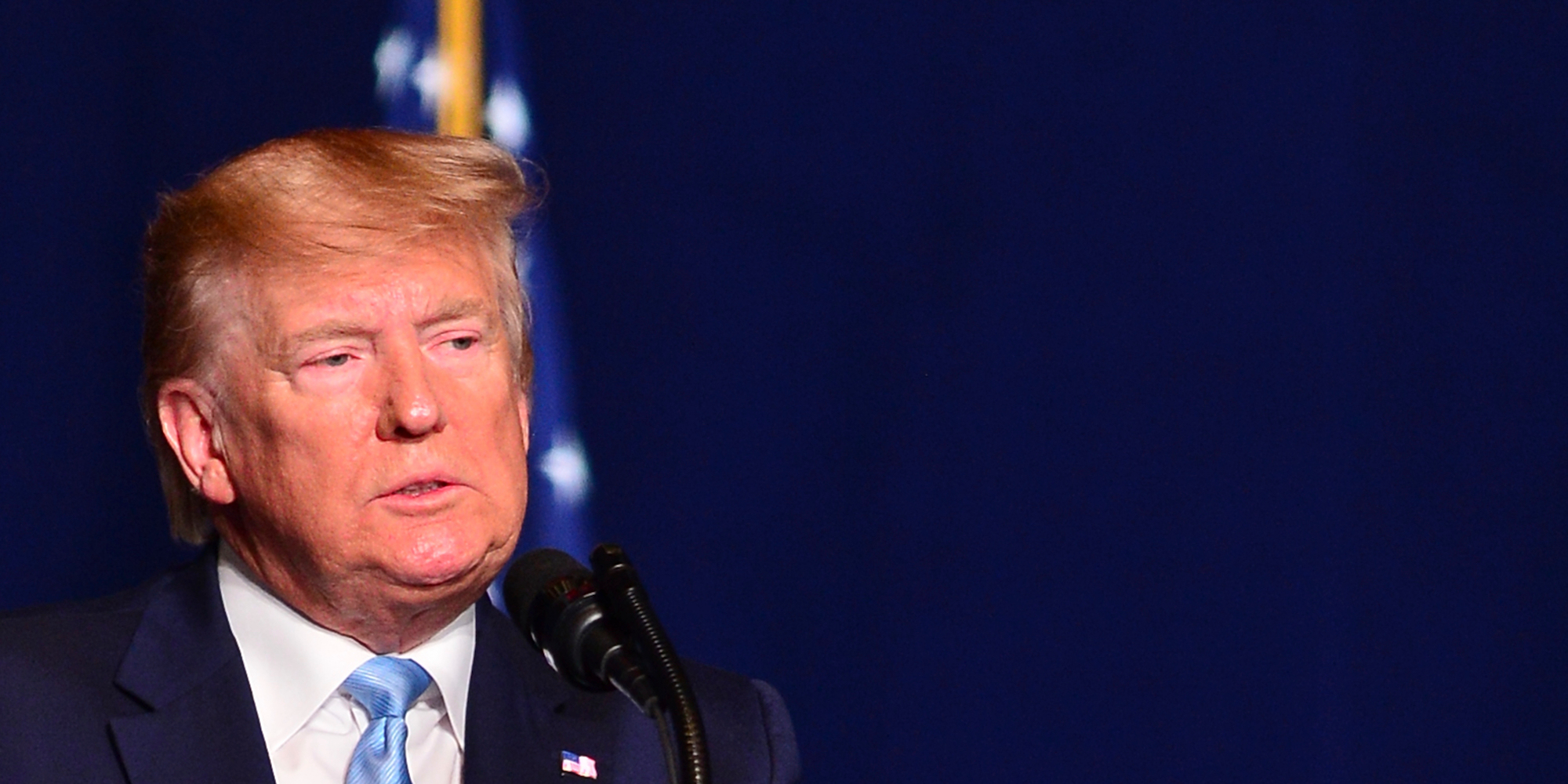- Members of the Trump administration have repeatedly said that Iran’s top military general, Qassem Soleimani, posed an “imminent threat” to American lives in Iraq while explaining the justification for his assassination.
- But there are some huge loopholes in those claims.
- If there actually was an “imminent” threat to US interests in the region, that presumably means there were already cells in place in Iraq that were ready to carry out attacks on American personnel, Brett McGurk, a national-security veteran and Middle East expert, told MSNBC.
- “I assume those cells are still in place … So removing Soleimani does not necessarily remove that threat at all,” he added.
- Additional reporting from The New York Times’ Rukmini Callimachi indicated that even the underlying intelligence the Trump administration has cited as necessitiating the strike against Soleimani is “razor thin.”
- And one legal expert told the Washington Post that the phrase ‘imminent threat’ did not appear in the Pentagon’s initial statement, suggesting “the lawyers realized that they had a problem on their hands.”
- Visit Business Insider’s homepage for more stories.
US Secretary of State Mike Pompeo was unequivocal on Friday, saying that President Donald Trump ordered an airstrike that killed Qassem Soleimani, Iran’s most powerful military official, because of “imminent threats to American lives.”
The Pentagon also called the strike a “defensive” action, and Trump said he gave the order to “stop a war,” not start one.
When Pompeo was asked about the “imminent threats” during a CNN interview on Friday morning, the secretary of state said he couldn’t go into many details but said the drone strike saved American lives.
“These were threats that were located in the region [of Iraq],” Pompeo said, when he was pressed on whether there was any imminent threat to the US homeland.
But there are at least three loopholes in these claims.
Removing Soleimani doesn't actually remove the threat
Brett McGurk, a veteran diplomat and national-security official who most recently served as the Special Presidential Envoy for the Global Coalition to Counter ISIL, elaborated on the discrepancy during an appearance on MSNBC Friday.
"Even if these imminent attacks were planned, it's just odd, because if that was the case, that means there were cells in Iraq that were ready to attack us, throughout the country, apparently," McGurk told MSNBC's Nicolle Wallace. "Soleimani wasn't going to carry out those attacks himself. I assume those cells are still in place. So it's a very volatile situation, the Iranians will react, and then the onus will be back on the United States for what we do."
He added: "The capabilities are there, they've been there for a long time. So removing Soleimani does not necessarily remove that threat at all."
In fact, he continued, Trump's order to kill Soleimani "could make those groups act with even less discipline, so our people are still at serious risk. We asked all Americans to leave Iraq today, we're sending the 82nd Airborne, a whole brigade into the Middle East. That shows the internal intelligence, in terms of blinking red lights."
The underlying evidence justifying Soleimani's killing is 'razor thin'
Since Friday, additional reporting from The New York Times' Rukmini Callimachi indicated that even the underlying intelligence the Trump administration has cited as necessitiating the strike against Soleimani is "razor thin."
Callimachi reported that sources told her evidence indicating that could be broken down into three facts:
- Travel records showing Soleimani was in Syria, Lebanon, and Iraq to meet with Shia proxies who have an offensive position to the US, which one source said was "business as usual" for the Iranian general.
- Information showing that Soleimani sought the Supreme Leader's approval for an operation and was instructed to "come to Tehran for consultation and further guidance, suggesting the operation was a big deal."
- Iran has had, during Trump's time in office, an increasingly tense relationship with the US. That recently manifested in protests outside the US embassy in Iraq and an attack that killed a US contractor.
But, Callimachi reported, one source told her those factors are not evidence of an "imminent" attack on US interests that could kill hundreds, as the White House claims. "The official describes the reading of the intelligence as an illogical leap," she reported.
The phrase 'imminent threat' did not appear in the Pentagon's initial statement, suggesting 'the lawyers realized that they had a problem on their hands'
As details continue to spill out about what exactly convinced the Trump administration that Soleimani posed an "imminent threat," legal experts are also raising red flags.
"An imminent threat is what you would need to justify taking an action in self-defense," Oona Hathaway, a professor of international law at Yale University and a former national security lawyer in the Defense Department's Office of General Counsel, told the Washington Post.
Although the Trump administration has repeatedly used the word in the days since announcing the airstrike, Hathaway noted that it wasn't used in the Pentagon's initial statement on the matter.
"It makes me wonder whether the lawyers realized that they had a problem on their hands," she told the Post.

